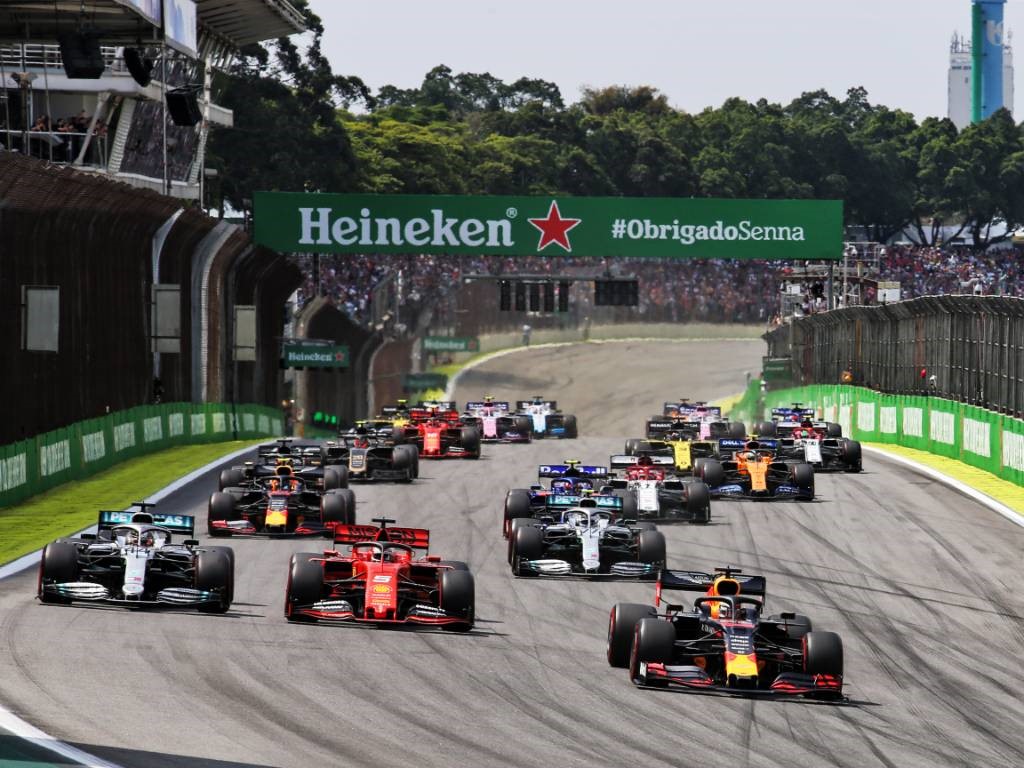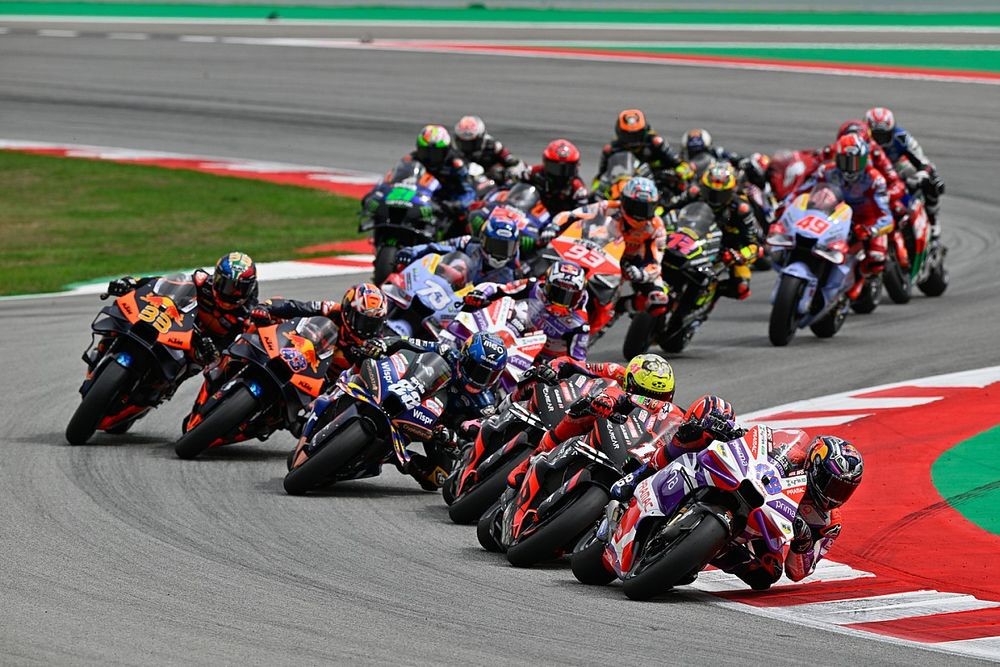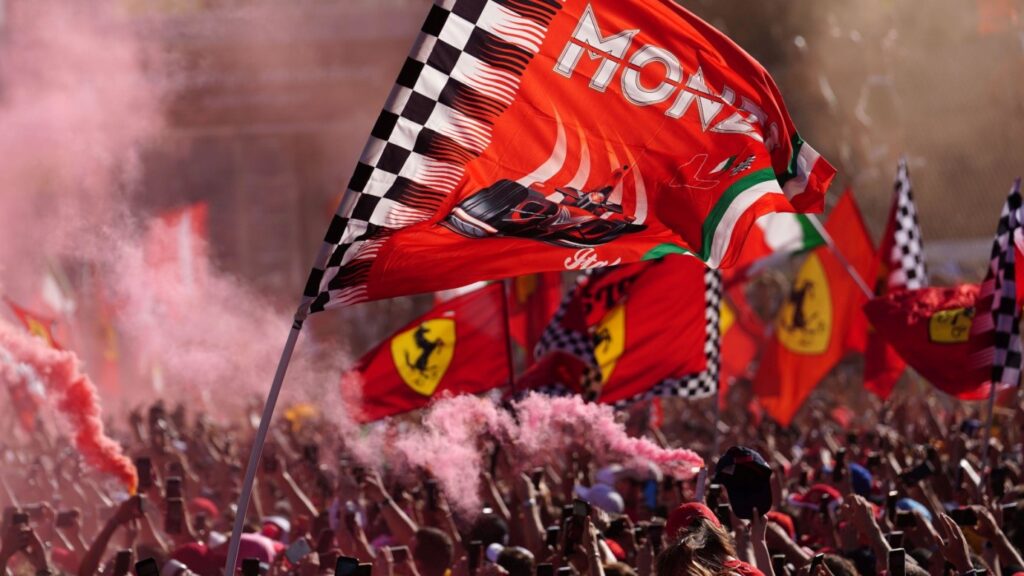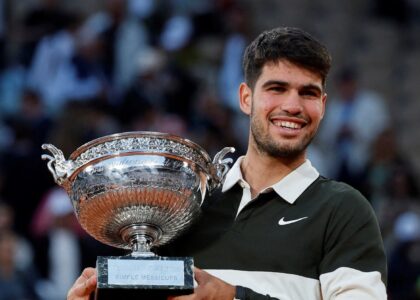Motorsports have carved a significant niche for themselves in the hearts of millions across the globe, and there’s no denying that Europe has a special place in this high-octane world. The continent has been a hotbed for motorsports for decades, and its popularity continues to surge. In this blog, we delve into the reasons behind the unwavering appeal of motorsports in European countries. From the historic tracks of Le Mans to the modern marvels of Formula 1, Europe’s love affair with motorsports is a fascinating phenomenon that’s worth exploring.
1. Rich Motorsports Heritage
One of the key reasons behind the popularity of motorsports in European countries is their rich heritage in the field. Europe is home to some of the most iconic and historic racing events, tracks, and manufacturers in the world. For instance, the 24 Hours of Le Mans in France is one of the oldest and most prestigious endurance races, dating back to 1923. It has been the stage for countless dramatic moments, and racing legends have been born and etched into the annals of motorsports history here.
Likewise, Europe boasts an impressive array of classic racetracks, including Silverstone in the United Kingdom, Monza in Italy, and the Nürburgring in Germany. These venues have played host to countless Formula 1, MotoGP, and other high-profile racing events, cementing their status as the foundations of European motorsports.
2. Diversity of Motorsports Disciplines
Europe’s passion for motorsports goes beyond being just a single-dimensional fascination. It embraces a vast array of racing disciplines, each with its unique characteristics and fan bases. This diversity is a key factor in the enduring appeal of motorsports in European countries.
- Formula 1 – The Premier Open-Wheel Racing Series:

Formula 1 is arguably the most iconic and globally recognized motorsport discipline. The excitement of Formula 1 is not only about the races themselves but also about the cutting-edge technology, the fierce competition among legendary teams like Ferrari, Mercedes, and Red Bull Racing, and the superstar drivers who capture the imagination of fans.
- Rallying – The Art of Controlled Chaos:
Rallying, on the other hand, offers a completely different experience. It’s characterized by off-road races on challenging terrains, including forests, mountains, and deserts. The World Rally Championship (WRC) showcases some of the best drivers as they navigate treacherous conditions, often requiring split-second decisions and masterful car control.
- Endurance Racing – The Ultimate Test of Man and Machine:
Endurance racing events like the 24 Hours of Le Mans and the 24 Hours Nürburgring are celebrated for their extreme duration and teamwork. These races are not only about speed but also about strategy, reliability, and the ability to endure grueling conditions for an extended period.
- MotoGP – Two-Wheeled Adrenaline:

MotoGP is Europe’s answer to high-speed motorcycle racing. It features some of the most talented and daring riders in the world as they compete on powerful, lightweight machines. The thrill of watching riders lean into corners at incredible angles, often touching their knees on the tarmac, resonates with fans who appreciate the agility and skill of these athletes.
- Touring Car Racing – Close, Competitive Action:
Touring car championships, such as the British Touring Car Championship (BTCC) and the Deutsche Tourenwagen Masters (DTM), provide close, wheel-to-wheel racing. These series feature modified production cars, making the racing relatable to fans who drive similar vehicles on the road.
Moreover, these different disciplines often coexist within the same countries and regions in Europe, providing fans with opportunities to experience a wide range of motorsport events without having to travel long distances. This accessibility and variety ensure that motorsports remain inclusive, catering to fans of all tastes and preferences.
3. Iconic Teams and Drivers
Europe has given birth to numerous iconic racing teams and drivers who have captured the hearts of fans around the world. These figures are often seen as national heroes, and their successes fuel the popularity of motorsports. For instance, the likes of Michael Schumacher, Lewis Hamilton, and Ayrton Senna have become legends in the world of Formula 1. Their stories of triumph and determination resonate with fans and inspire the next generation of racers.
The loyalty and passion of fans are often closely tied to their support for specific teams and drivers. The competition between teams like Ferrari and Mercedes in Formula 1 or riders like Valentino Rossi and Jorge Lorenzo in MotoGP generates immense excitement and fervor among European motorsports enthusiasts.
4. Accessibility of Motorsport Events
Europe’s compact geography makes it relatively easy for fans to attend motorsport events. Unlike other continents where distances between racing venues can be vast, Europe’s proximity of tracks allows fans to travel from one race to another with ease. This accessibility encourages more people to experience the thrill of live racing.
Furthermore, the well-established transportation infrastructure in Europe ensures that fans can reach race tracks by car, train, or plane. The continent’s diverse network of transport options simplifies the logistics for spectators, making it an attractive proposition for those seeking a weekend filled with high-speed action.
5. Thriving Motorsports Industry
The European motorsports industry is a major driver of the sport’s popularity. The continent is home to numerous motorsport manufacturers, teams, and suppliers. For example, renowned companies like Ferrari, Mercedes-Benz, Renault, and McLaren are European-based and have deep roots in motorsports. Their involvement in racing not only elevates the sport’s status but also fosters innovation in automotive technology, which ultimately trickles down to road cars.
Moreover, the presence of motorsport research and development centers in Europe ensures that cutting-edge technology is readily available to teams and manufacturers. This technological competition results in faster, safer, and more efficient race cars, making motorsports even more exciting and accessible.
6. Cultural Significance
Motorsports are deeply ingrained in the cultural fabric of many European countries. Racing events are not merely competitions; they are traditions and social gatherings. The Le Mans 24 Hours, for instance, is not just a race; it’s an occasion for families and friends to come together, camp, and celebrate the sport.
The Monaco Grand Prix, held in the glamorous backdrop of the French Riviera, is as much a showcase of opulence and prestige as it is a Formula 1 race. These events often blend sport with spectacle, drawing attention from a broad spectrum of the population.
7. Grassroots Motorsport
Europe supports grassroots motorsport at various levels. Local tracks, karting circuits, and club-level racing allow aspiring racers to hone their skills and start their journey toward professional racing. Grassroots motorsport creates a pathway for talent development, and many successful racing careers begin at these smaller, community-based events.
The accessibility of grassroots motorsport helps cultivate a strong and diverse pool of talent, which in turn ensures the continuity of European dominance in motorsports across the globe.
8. Passionate Fan Base

European motorsports fans are some of the most passionate and dedicated in the world. They display unwavering support for their favorite teams and drivers, often turning out in large numbers at races, creating an electrifying atmosphere. This enthusiasm is contagious, drawing in new fans and making motorsports an integral part of European sports culture.
9. Economic Impact
Motorsports have a significant economic impact on European countries. They drive tourism, generate revenue from ticket sales, merchandise, and sponsorships, and create jobs in various sectors related to the sport. Major racing events are essential contributors to the local economy, which incentivizes governments to support and invest in motorsports.
Conclusion
The popularity of motorsports in European countries is a confluence of historical significance, cultural heritage, diversity in disciplines, and passionate fan bases. From the hallowed grounds of the Monaco Grand Prix to the treacherous bends of the Nürburgring Nordschleife, Europe’s love affair with motorsports shows no signs of waning.









